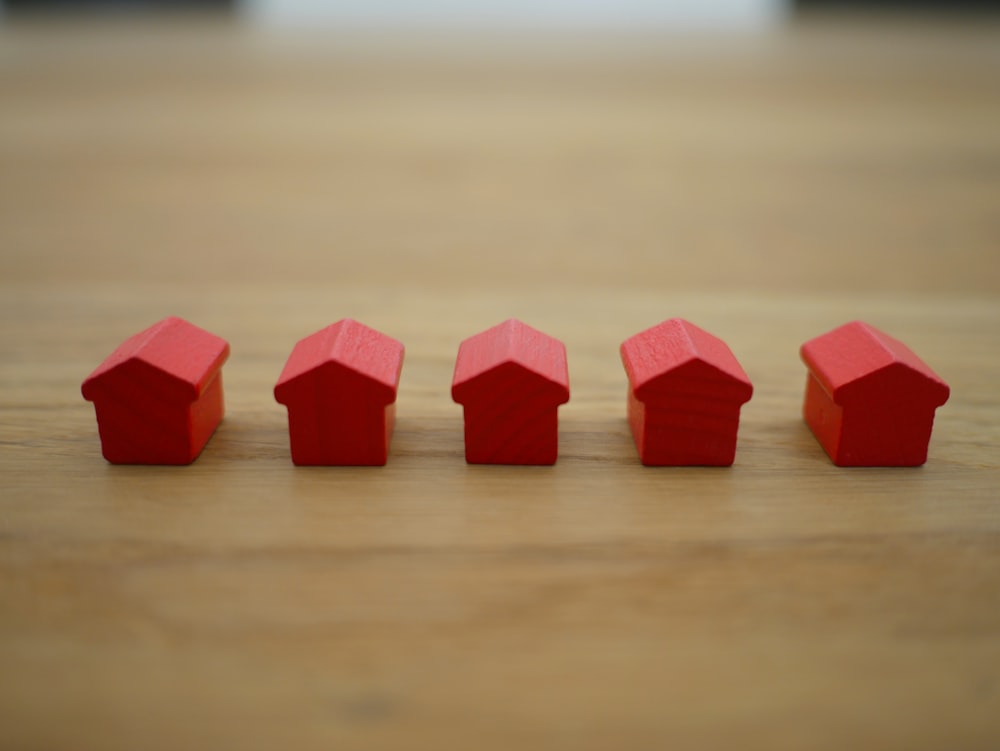How Should We Make Housing More "Affordable"?
Image Source: Unsplash
The OC Register reports that a California judge has struck down a new law allowing as many as four units on a single lot:
“The Legislature finds and declares that ensuring access to affordable housing is a matter of statewide concern and not a municipal affair,” SB 9 states. “Therefore, … (this law applies) to all cities, including charter cities.”
But the law does nothing to guarantee more affordable housing, Kin wrote. At the same time, he rejected the state’s argument that SB 9 promotes housing affordability at lower income levels by increasing the overall housing supply.
” ‘Affordable’ refers to below market-rate housing,” Kin wrote. The state gave “no evidence to support the assertion that the upzoning permitted by SB 9 would result in any increase in the supply of below market-rate housing.”
Redondo Beach City Attorney Michael Webb hailed Kin’s ruling, saying SB 9 amounts to a “kind of trickle-down economics applied to zoning.”
In fact, the single best way to provide more affordable housing is to build more unaffordable housing. And contrary to the claims of Michael Webb, housing is a textbook example of trickle-down economics in action.
Consider the following analogy. Suppose you are worried about high used car prices. Low-wage workers are struggling to afford the few used cars that are available on the market. Would you suggest that the car companies start building some crappy junkers, which sell for $5000?Obviously not. The optimal solution would be to build more “unaffordable” new cars. The affluent people that buy those new cars would then sell their old cars, which would put downward pressure on the price of used cars. Eventually the benefits would “trickle down” to those people who are unable to afford new cars. Not only does trickle-down economics work, it’s the key to understanding important markets such as autos and housing.
In any advancing society, new houses should be better than existing homes. That means that new houses will be “unaffordable” to the median purchaser of houses of that size. That’s good. That’s how living standards improve over time. If new houses were no more expensive than existing homes, then we’d all still be living in log cabins.
Judge Kin doesn’t seem to understand the laws of supply and demand. He speaks of building houses at price points below “market rate”, whereas the whole point of the policy is to make housing more affordable by reducing the market price of housing. Build more mansions, and the benefits will trickle down to the working class.
I don’t even like the phrase ‘trickle down’, as it suggests the process is slow. The benefits of housing construction will flood down onto the lower end of the market.
PS. The judge’s decision applies to the state’s 121 “charter cities”, but not the much larger number of “general law” cities that lack a charter.
More By This Author:
Externalities Should Be Handled With CareReform Is A Luxury Good
Now Do Japan




